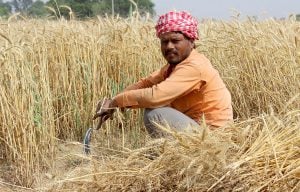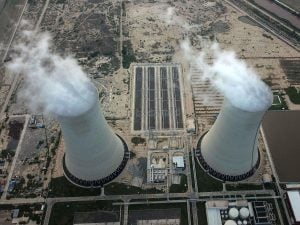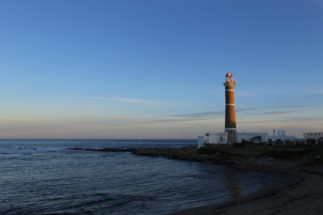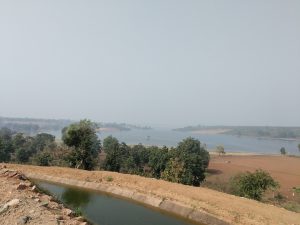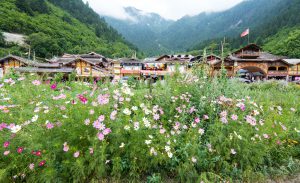The high mountains of China, the Tibetan Plateau, and Nepal will experience a sharp rise in landslides by the end of the century, a new study from the National Aeronautics and Space Administration (NASA) has shown. The first quantitative study of its kind to link rainfall and landslides predicts that landslides will rise by 30-70% on the China-Nepal border.
Climate change will bring more intense and frequent rainfall events especially around the glacial lakes and the surrounding ice cover in High Mountain Asia, a region that stretches from the Himalayas in the east to the Hindu Kush and Tian Shan mountain ranges in the west.
More landslides will put downstream communities at risk as millions of people downstream depend on the major rivers that originate from these mountains.
A recent study showed that between 2004-2016 there were 55,997 deaths due to landslides worldwide, with Asia accounting for over half of these. Landslides account for 5% of all natural disasters according to a global database, but researchers worry that this number is grossly underestimated. In this context, landslide activity in the Himalayas is still poorly understood and urgently needs more research.
NASA researcher Dalia Kirschbaum spoke to The Third Pole’s Nepal editor Ramesh Bhushal about the study.
Ramesh Bhushal (RB): You have said this study is the first of its kind to predict future landslides in the high mountains of Asia, especially on the border of Nepal and Tibet, China. What does that mean and why does it matter?
Dalia Kirschbaum (DK): Typically, landslide studies are done either very locally by using a complex model to look at one hill or [they are done] very broadly, studied globally. But we did something new. We took our global statistical model and downscaled for the Himalayan region and brought data from the estimates of rainfall forecasted by a global climate model.
From those three things we were able to run the model with the actual data to look at how the changes in potential landslide activities might change at the end of century. It is the first research of its kind looking at future landslide activities over decades.
We used a NASA model called Landslide Hazard Assessment for Situational Awareness (LHASA), [which] assesses hazards by evaluating information about roadways, the presence or absence of nearby tectonic faults, the types of bedrock, change in tree cover and the steepness of slopes. Then, it integrates current precipitation data from the global precipitation model.
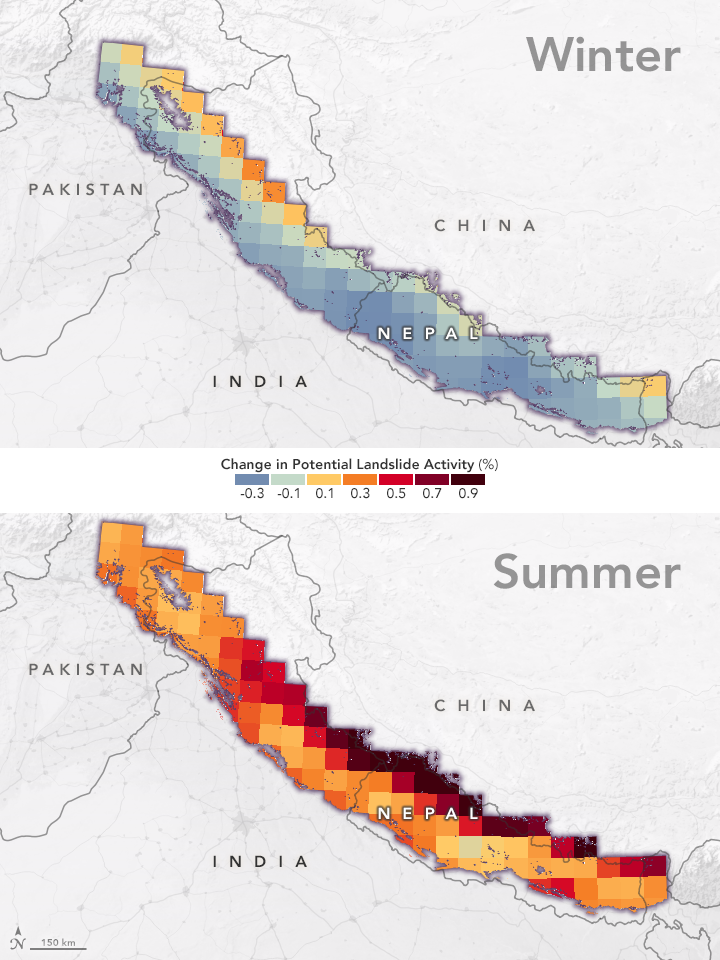
DK: We found that extreme precipitation events are likely to become more common in the future as the climate warms, and in some areas, this may lead to a higher frequency of landslide activity. A few locations (e.g. near Udhampur, India, and west of Pokhara, Nepal) show a minor decrease [in the future], while the region near the China and Nepal shows the greatest increases in potential landslide activity (30–70%).
For example, out of 131 glacial lakes in Nepal and the surrounding areas, potential landslide activity is projected to increase by 20% or more for 98% of the lakes and 50% or more for 32% of the lakes. So this means by the end of century the highest hazard is going to be in the areas of current glacial lakes but not necessarily downstream where there are more people.
RB: Did you research look at the impact on infrastructure?
DK: Broadly speaking, yes, but not specifically. It is a work in progress and will be continued over the next three years. There is a common understanding that the infrastructure downstream will be impacted but this study focused on the marginal highlands mostly covered by ice and snow and the adjoining areas like glacial lakes. For example, we don’t have projections for the future road network but we have future scenarios for population which we have used.
The full human impact of increasing landslide risks will depend on how climate change affects glaciers and how populations and communities change. Based on five potential scenarios (depending on different patterns of population growth, urbanization and style of development, we found the majority of the population in this region will experience increased exposure to potential landslide activity. However, only 10–13% of the population will be impacted by increased landslide activity. We are now looking to identify critical infrastructure, road networks, population centres. We are also adding forest fires [to the model], which will have a major impact on the landscape and potential landslides.
RB: Why is it important to include landslides into future climate studies?
DK: Our research demonstrates the potential of global climate models and satellite-based precipitation estimates to characterise landslide risk at time scales affected by climate change. This information is very important not only for people residing in the highlands but for people who live along the rivers downstream. For this, we used 50 by 50 square kilometres for measurement. It is very important to get high-resolution information for the Himalayas as it is steep, so we need better elevation variability and more reliable precipitation extremes. In doing so, we find that the rate of increase in landslide activity at the end of the century is expected to be greatest over areas currently covered by glaciers and glacial lakes, potentially exacerbating the impact of cascading hazards on populations downstream.
RB: Where are the gaps in landslides studies in the Himalayas?
DK: It is a continuing quest. There is no adequate information about historical landslides globally. The Himalayan region is behind (i.e. not as well studied as other areas) and so it is very important to have an improved landslide inventory and update the historical record of landslides wherever possible.
We would like to understand the cascading impacts. We need to understand everything from forecasting future rainfall down to how the glacial lakes may look in 2100 and the how the land will react to the changes. With this research we have concluded where the changes are happening and some estimates on the impacts, but we now want to further link this to the human dimension.
![<p>Landslide on the China-Nepal border are projected to increase alarmingly [image: Alamy]</p>](https://dialogue.earth/content/uploads/2020/04/DED42B.jpg)

